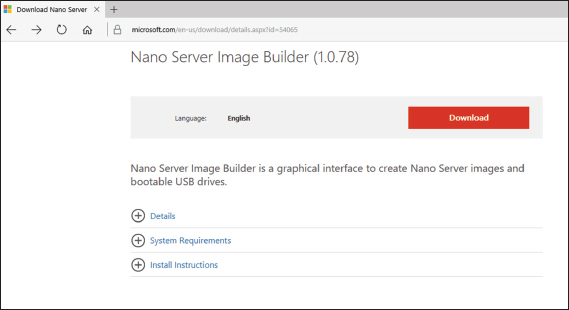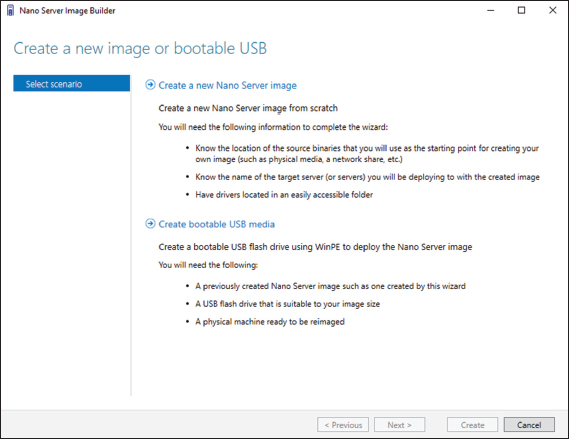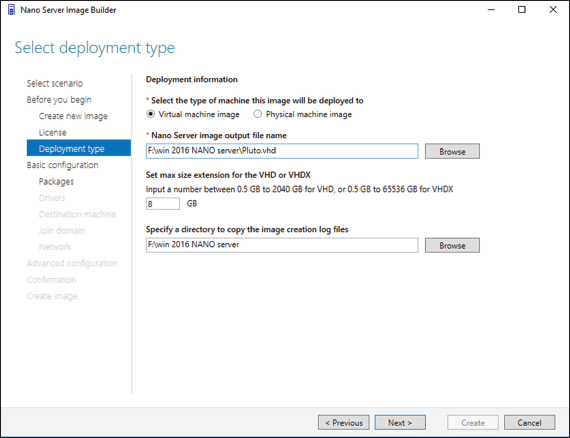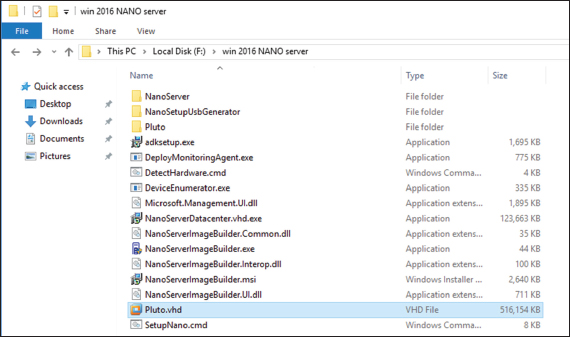- Azure offers pay-as-you-go and reserved instances for pricing.
- Azure Pricing Factors:
- Resource size and resource type.
- Different Azure locations have different prices for services.
- The bandwidth of your services.
- Any data transfer between two different billing zones is charged.
- Ingress (data in) = free
- Egress (data out) = charged based on data going out of Azure datacenters
- Factors that can reduce costs:
- By purchasing a reserved instance (one-year or three-year terms), you can significantly reduce costs up to 72 percent compared to pay-as-you-go pricing.
- A reserved capacity is a commitment for a period of one or three years for SQL Database and SQL Managed Instance.
- Hybrid Benefit allows you to use your on-premises Software Assurance-enabled Windows Server and SQL Server licenses on Azure.
- If you purchase an unused compute capacity, you can get deep discounts up to 90 percent compared to pay-as-you-go pricing. A spot virtual machine is for workloads that can tolerate interruptions.
- All resources belong to a subscription.
- An Azure account can have multiple subscriptions.
- Organize your resources and subscriptions using Azure management groups.
- Azure Cost Management gives you a detailed view of current and projected costs.
- For new accounts, the Azure Free Tier is available.
- Free Tier offers limited usage of Azure products at no charge for 12 months.
- You also get $200 credit that you can spend during the first 30 days.
- More details at https://azure.microsoft.com/en-us/free/
- Estimate your expected monthly costs using Azure Pricing Calculator.
- Total Cost of Ownership (TCO) Calculator
- Estimate total savings over a period of time by using Azure.
- Compares costs and savings against on-premises and co-location environments.
- Azure Support Plans:
- Basic – included for all Azure customers.
- Developer – recommended for non-production environments. Limited access to technical support during business hours by email only.
- Standard – appropriate for production workload environments. Has 24/7 access to Azure’s technical support engineers by phone or email.
- Professional Direct – suitable for business-critical workloads. Has 24/7 access to Azure’s technical support engineers by phone or email. Provides access to Operations Support, ProDirect delivery managers, and Support APIs.
- It is the commitment of Microsoft for the uptime and connectivity of a service.
- You could obtain a service credit if the service level agreement is not met by Microsoft.
- Composite SLAs include several resources (with different availability levels) to support an application.
- SLAs for multi-region deployments distribute the application in more than one region for high availability and use Azure Traffic Manager for failover if one region fails.
- Private Preview is only available to a few customers for early access to new technologies and features.
- Public Preview makes the service in the public phase and can be used by any customers to evaluate the new features but SLA does not apply.
- General Availability is the release of service to the general public and is fully supported by SLAs.
- Azure updates allow you to get the latest updates on any Azure products and features.
Service Level Agreement (SLA)
Service Lifecycle

















